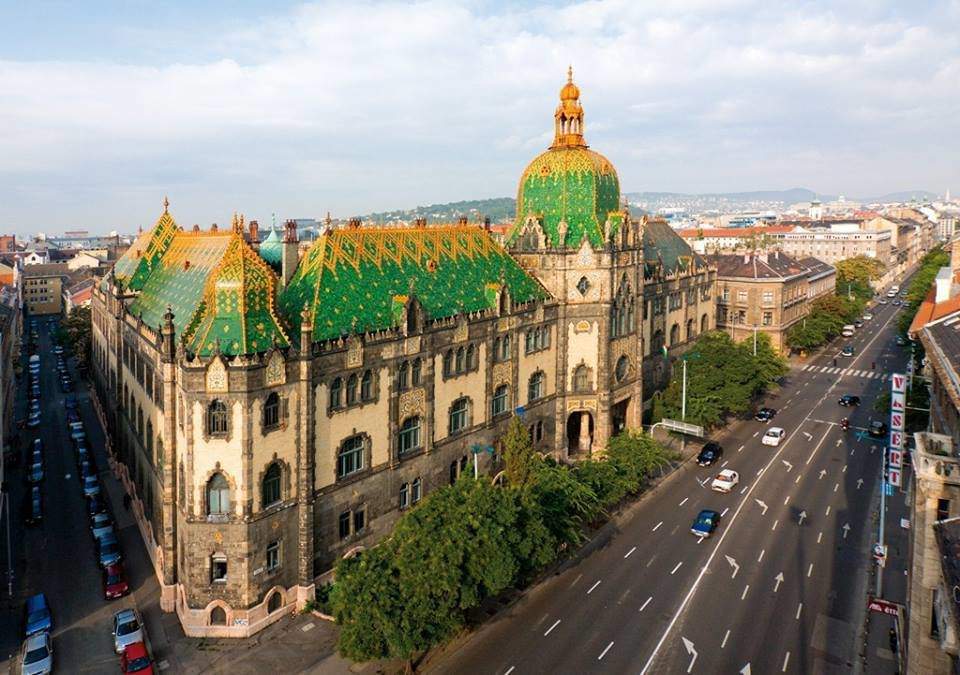Zsolnay tiles brighten up Budapest’s rooftops – Video
Budapest’s skyline is full of buildings topped with colorful tile. It graces the roofs of iconic structures like Great Market Hall and Matthias Church, which required five railway wagons full of roof tiles delivered to the construction site. These tiles were all manufactured right in Hungary at the Zsolnay Porcelain Factory.
The company, founded in 1853, started making the roof tile beloved by architects in the 1860s. István Komor, operating director of the Zsolnay Cultural Quarter, takes Great Big Story on a tour of the factory, which produces the famous tile to this day.
Typical colours include different shades of green, red, blue, and purple. Pyrogranite, which refers to a type of ornamental ceramics that were developed by Zsolnay and placed in production by 1886, is also of note.
Fired at high temperatures, this durable material remains acid and frost-resistant making it suitable for use as roof tiles, indoor and outdoor decorative ceramics, as well as fireplaces.
Architects such as Miklós Ybl, Ödön Lechner, Béla Lajta, Samu Pecz, and Imre Steindl utilized these kinds of materials in their architectural works.
This style is what pervades the surfaces of buildings in Budapest such as the Matthias church, the Hungarian Parliament, the Museum of Applied Arts, the Geological Institute, the Kőbánya church, as well as the Gellért baths. Zsolnay architecture can also be found in the southern cities of Kecskemét and Pécs, respectively.
Source: YouTube/Great Big Story
please make a donation here
Hot news
Orbán cabinet may double airspace fee: another ticket price increase?
Hungary expanding the list of prohibited designer drugs
Hungarian minister: Ukraine ‘blackmailing’ Hungary and pro-peace states
Cocaine found on a Greek bus at southern border of Hungary
NCIS star arrived in Budapest: spin-off filming started
Does the Hungarian government let in many Eastern guest workers unchecked with card scheme?





3 Comments
Both the tiles and the buildings that they adorn are very beautiful. It is a shame that nearly all the modern buildings that have recently been or are being built in Budapest are dreary, characterless boxes that have no individuality whatsoever.
Absolutely Magnificent.
You never tire to look up and see the richness and patterns of colour that adorn the roofs and other structures of our City.
They are a Kaleidoscope of Colour – that change in the variation of light and seasons.
Tourist to our City “rave” over them and we Hungarians should be proud of them and the joy they give to visitors to our Capital City and Hungary.
Anonymous – you got that one right.
How it the hell a large percentage get approval to build and construct what end up architecturally UGLY does disappoint me.
My answer to that one – another time, could ruffle a few feathers ///